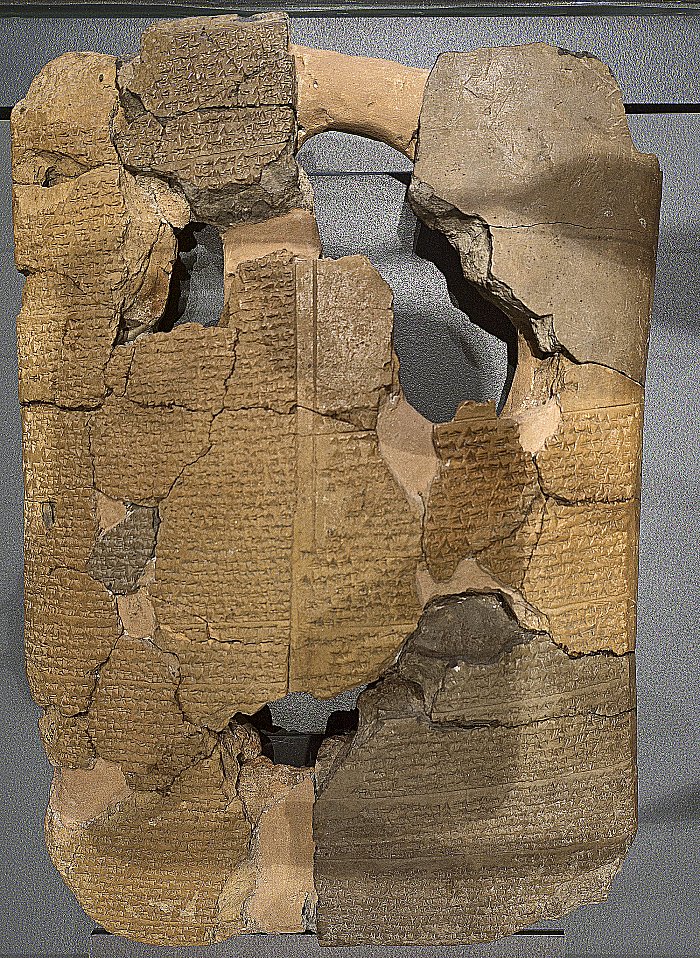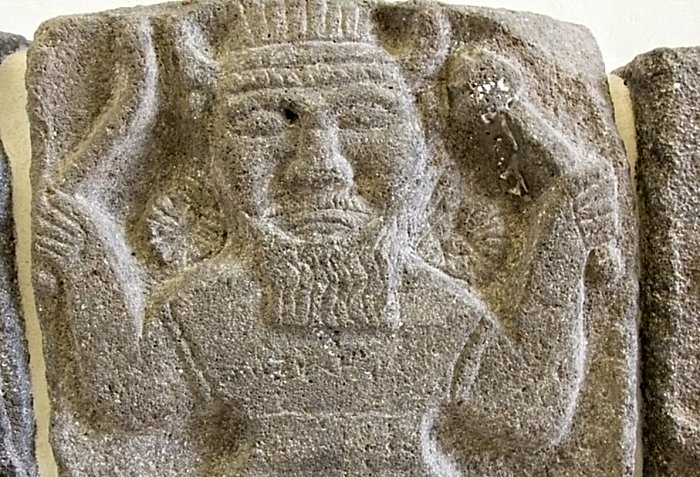Ullikummi – Genderless, Blind, Deaf Rock Monster Created For Strategic Purposes In Beliefs Of Hurrian People
A. Sutherland - AncientPages.com - Our knowledge about Ullikummi and Kumarbi is derived entirely from extant Hittite texts and mythological records. These texts are called the Kumarbi Cycle, which encompasses several important works. Two notable components of this cycle are the Kingship in Heaven: also known as the Song of Kumarbi or the Hittite Theogony.
Another piece is included in this cycle and refers to the Song of Ullikummi.
The Muwatalli II-Alaksandu treaty, which mentions Kumarbi among the divine witnesses. Troy Museum. Image credit: Dosseman - CC BY-SA 4.0
These texts are ancient records and invaluable windows into the mythology and religious beliefs surrounding Kumarbi in Hittite culture. They are the primary sources for scholars and researchers, providing profound insights into ancient Near Eastern mythology and religion.
Like many ancient belief systems, the Hittite religion featured a structured divine hierarchy. Certain deities held greater power and cosmic significance within this system than others.
At the apex of this pantheon stood the storm god, who played a central role in the Hittite worldview. This supreme deity was entrusted with the crucial task of sustaining life on earth and ensuring the supply of essential resources for human survival.
The storm god's position in the Hittite cosmos resembles other prominent deities in ancient religions. For instance, this role parallels that of Zeus in Greek mythology and Thor in Norse mythology.
In the Hurrian people's mythological traditions, Kumarbi became one of the main gods in Hittite culture. He was the foremost son of Anu, the father of Ullikummi, and held a prominent position in the Hurrian pantheon. He was a deity revered as the "father of gods."
He fathered Ullikummi, a monstrous giant with a unique origin because he was born from a mostly unusual union between Kumarbi and a sea god's daughter, Sertapsuruhi, also referred to as an unusual though magnificent boulder that could breathe, feel, and think as we humans do.
Wall plate with a relief of God, which is analogous to Kumarbi (the chief god of the Hurrians). He holds his sickle and his father's masculinity in his hands. Image credit: Zde - CC BY-SA 4.0
Ullikummi, was also particularly noteworthy, as he was entirely formed from diorite, a dark, coarse-grained igneous rock.
We learn about his story from the “Song of Ullikummi,” which has come down to us in several fragmentary copies, each of which covers several tablets. The text tells of a plot by Kumarbi to depose Teshub from his supremacy by creating a monstrous stone as champion.
The genderless, deaf, blind, yet sentient volcanic rock monster, Ullikummi, was created for strategic purposes. He was intended to serve as a weapon against the storm god and his allies and eventually take the position of Teshub, the storm deity, from his celestial throne. His plan was also to destroy the city of Kumme (Kummiya, the residence of Teshub).
But before it could happen, Kumarbi had to protect Ullikummi from detection by several powerful deities, such as the storm god, the sun god, and the goddess of fertility, Ishtar.
In Hurrian myth, Kumarbi devised a strategic plan to protect his son, Ullikummi. He transported Ullikummi to the underworld and positioned him on the shoulders of Upelluri, an ancient deity associated with dreaming, holding the earth and the sky on his shoulders, which reminds us of the Greek Atlas.
This placement served a crucial purpose: to allow Ullikummi to grow and develop without being detected by the weather god, Teshub, and his allies.
A possible representation of scenes from the Song of Ullikummi on the golden bowl of Hasanlu. Image credit: Emtadbir - CC BY-SA 4.0
Ullikummi’s positioning was temporary but necessary for his concealment and growth. However, other deities, notably a god associated with water, Ea and Enlil, quickly recognized the nature of Kumarbi's actions. They interpreted this maneuver as a malevolent plan, likely aimed at eventually overthrowing Teshub from his position of power.
Encouraged by his brother, Tashmishu, Teshub goes for help to Ea, who consults with Enlil. Subsequently, he proceeded to consult Upelluri, asking about his awareness of the basalt rock giant that was developing on his shoulders. Upelluri's lack of knowledge regarding this matter indicated that divine intervention was required to stop Kumarbi's malevolent plan.
Ullikummi exhibited an extraordinary growth rate. Within a month, the giant’s size increased to cover an area of roughly one acre. This rapid expansion was likely a strategic feature designed to enhance his effectiveness as a weapon against other deities.
The Middle East around 2300 BC. Image credit: Jolle at Katalaan Wikipedia - CC BY-SA 3.0
The accelerated growth pattern suggests a deliberate mechanism to quickly establish Ullikummi as a formidable force in the divine realm.
Ullikummi - a formidable mythological entity - posed a significant threat to the established celestial order. He was dangerous, demonstrating remarkable resilience, remaining unaffected by the storm god Teshub's lightning strikes and Ishtar’s prayers.
The combination of the giant’s invulnerability to divine attacks forced Ea to react. Ea cut off the giant from its foundation with an ancient saw previously used to separate heaven and earth.
This mythological narrative illustrates the complex power dynamics and strategic maneuvering among deities in Hurrian lore, highlighting themes of succession, power struggles, concealment, and divine conflicts.
Written by – A. Sutherland - AncientPages.com Senior Staff Writer
Copyright © AncientPages.com All rights reserved. This material may not be published, broadcast, rewritten or redistributed in whole or part without the express written permission of AncientPages.com
Expand for referencesReferences:
Güterbock, Hans Gustav. “The Song of Ullikummi Revised Text of the Hittite Version of a Hurrian Myth.” Journal of Cuneiform Studies 5, no. 4 (1951): 135–61.
History, Captivating. Hittites
Brown, A. Hittites: A Powerful Ancient Civilization
More From Ancient Pages
-
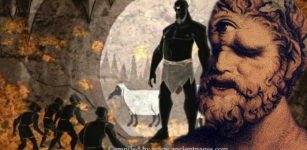 One-Eyed Giant Polyphemus – Most Famous Of The Cyclops In Greek Mythology
Featured Stories | Jan 25, 2018
One-Eyed Giant Polyphemus – Most Famous Of The Cyclops In Greek Mythology
Featured Stories | Jan 25, 2018 -
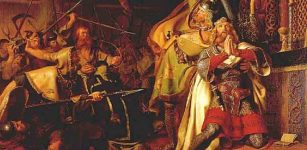 Thousand-Year-Old Sarcophagus Discovered In Odense
News | Sep 28, 2015
Thousand-Year-Old Sarcophagus Discovered In Odense
News | Sep 28, 2015 -
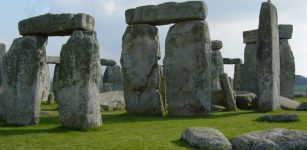 Stonehenge May Have Aligned With The Moon As Well As The Sun
Featured Stories | Jun 4, 2024
Stonehenge May Have Aligned With The Moon As Well As The Sun
Featured Stories | Jun 4, 2024 -
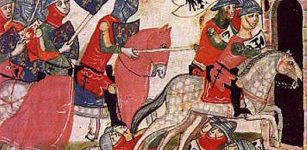 On This Day In History: The Battle Of Benevento Was Fought – On February 26, 1266
News | Feb 26, 2017
On This Day In History: The Battle Of Benevento Was Fought – On February 26, 1266
News | Feb 26, 2017 -
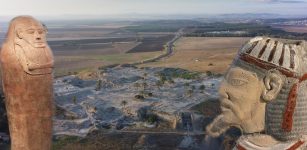 Ancient Mystery Of The Biblical Canaanites – New DNA Insight
Archaeology | May 28, 2020
Ancient Mystery Of The Biblical Canaanites – New DNA Insight
Archaeology | May 28, 2020 -
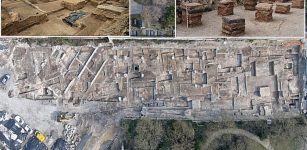 A Huge Site Dated To Roman-Era Unearthed In Reims (Marne), France
Archaeology | Mar 20, 2023
A Huge Site Dated To Roman-Era Unearthed In Reims (Marne), France
Archaeology | Mar 20, 2023 -
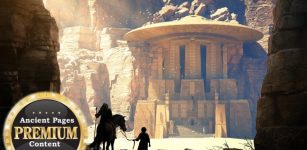 Hidden Records Of A Civilization Frozen In Time – Mysterious Time Capsules
Featured Stories | Aug 31, 2020
Hidden Records Of A Civilization Frozen In Time – Mysterious Time Capsules
Featured Stories | Aug 31, 2020 -
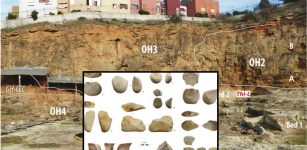 1.3-Million-Year-Old Stone Age Axe Discovered In Morocco Pushes Back The Start Sate Of Acheulian Technology In North Africa
Archaeology | Jul 30, 2021
1.3-Million-Year-Old Stone Age Axe Discovered In Morocco Pushes Back The Start Sate Of Acheulian Technology In North Africa
Archaeology | Jul 30, 2021 -
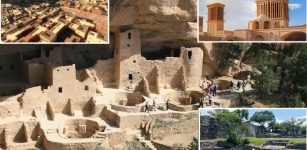 5 Lessons From Ancient Civilizations For Keeping Homes Cool In Hot, Dry Climates
Featured Stories | Sep 16, 2024
5 Lessons From Ancient Civilizations For Keeping Homes Cool In Hot, Dry Climates
Featured Stories | Sep 16, 2024 -
 Legacy Of The Iconic Sycamore Gap Tree – Historical Landmark At Hadrian’s Wall
Featured Stories | Mar 28, 2024
Legacy Of The Iconic Sycamore Gap Tree – Historical Landmark At Hadrian’s Wall
Featured Stories | Mar 28, 2024 -
 House Of Plantagenet – How Hatred, Revenge And Jealousy Transformed History
Featured Stories | Jul 27, 2018
House Of Plantagenet – How Hatred, Revenge And Jealousy Transformed History
Featured Stories | Jul 27, 2018 -
 Orang Bunian: Mysterious Invisible Whistle People Living In Forests In Malay Folklore
Featured Stories | Jul 15, 2016
Orang Bunian: Mysterious Invisible Whistle People Living In Forests In Malay Folklore
Featured Stories | Jul 15, 2016 -
 Underwater Ancient Cypress Forest Offers Clues To The Past
Archaeology | Jun 29, 2021
Underwater Ancient Cypress Forest Offers Clues To The Past
Archaeology | Jun 29, 2021 -
 Unusual Biblical Cloud – What Was This Perplexing Atmospheric Phenomenon?
Biblical Mysteries | Feb 22, 2019
Unusual Biblical Cloud – What Was This Perplexing Atmospheric Phenomenon?
Biblical Mysteries | Feb 22, 2019 -
 Rocket Launch Into Space At Sibiu, Romania Took Place In 1555 – Sibiu Manuscript
Ancient Technology | May 29, 2014
Rocket Launch Into Space At Sibiu, Romania Took Place In 1555 – Sibiu Manuscript
Ancient Technology | May 29, 2014 -
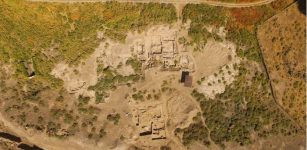 3,000-Year-Old Bakery With Large Amounts Of Flour Discovered In Armenia
Archaeology | Jul 3, 2023
3,000-Year-Old Bakery With Large Amounts Of Flour Discovered In Armenia
Archaeology | Jul 3, 2023 -
 Mungo Man Finally To Rest In Peace After 42,000 Years – Reburial Approved After Federal Decision
News | Apr 8, 2022
Mungo Man Finally To Rest In Peace After 42,000 Years – Reburial Approved After Federal Decision
News | Apr 8, 2022 -
 Can Peptide Droplets Explain The Emergence Of The First Living Organisms On Earth?
Archaeology | Oct 20, 2021
Can Peptide Droplets Explain The Emergence Of The First Living Organisms On Earth?
Archaeology | Oct 20, 2021 -
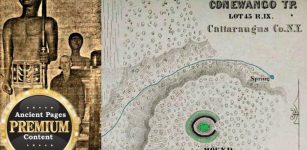 Mystery Of Ancient New York Giants – Who Was Really Buried In The Druid Barrow?
Featured Stories | Oct 28, 2017
Mystery Of Ancient New York Giants – Who Was Really Buried In The Druid Barrow?
Featured Stories | Oct 28, 2017 -
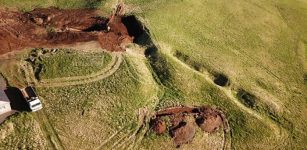 Surprising Discoveries In Mysterious Giant Viking-Era Cave In Iceland Can Confirm Norse Sagas
Archaeology | May 31, 2022
Surprising Discoveries In Mysterious Giant Viking-Era Cave In Iceland Can Confirm Norse Sagas
Archaeology | May 31, 2022

